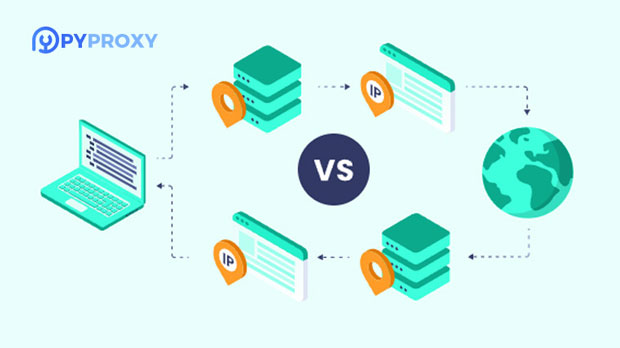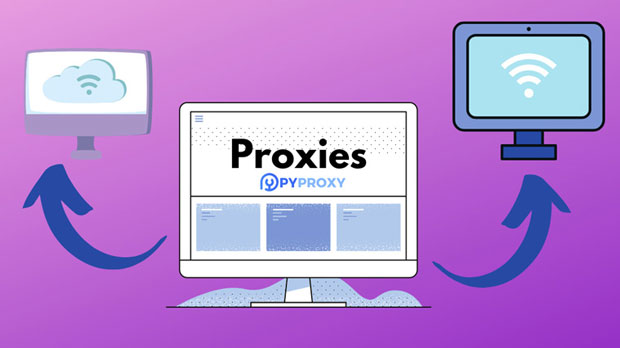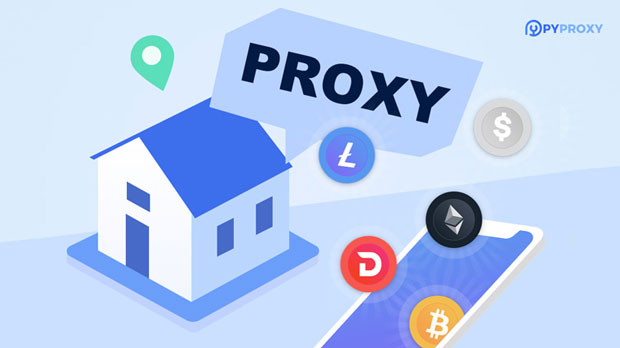Free proxy services have become an essential tool for users seeking privacy, anonymity, and access to restricted content on the internet. However, one common question that arises is whether these free proxies support residential IPs and multi-protocol usage. Residential IPs are important for mimicking real user activity, which helps in bypassing geographical restrictions and avoiding detection. Multi-protocol support, on the other hand, is crucial for ensuring versatility and compatibility with various internet applications. In this article, we will explore the functionality of free proxies, analyze the pros and cons of residential IPs and multi-protocol support, and provide insights into how these features affect user experience and security. Understanding Free Proxy ServicesFree proxy services are widely used by individuals who want to surf the web anonymously or access region-blocked content. Unlike paid proxies, these services come at no cost to the user, which is why they have gained popularity in recent years. However, users should be cautious about the limitations and potential risks associated with free proxies. These services are typically less reliable than their paid counterparts, with restrictions on speed, bandwidth, and the number of available IP addresses. Moreover, free proxies are often susceptible to security vulnerabilities, making them a less attractive option for those seeking a higher level of privacy.What Are Residential IPs? Why Are They Important?Residential IPs are IP addresses assigned to devices by Internet Service Providers (ISPs) to home users. These IPs are perceived as legitimate and are much less likely to be blocked or flagged by websites compared to datacenter IPs, which are often used by proxies. Residential IPs provide users with the ability to appear as if they are accessing the internet from a typical household, making them highly valuable for bypassing geo-restrictions, web scraping, and ad verification.However, most free proxies do not offer residential IP addresses. The reason for this is that residential IPs are more costly for proxy service providers to maintain. Free proxy services typically rely on datacenter IPs, which are cheaper and easier to obtain but are more likely to be detected and blocked by websites. This is a significant limitation for users who rely on residential IPs for their online activities.Multi-Protocol Support in Free Proxy ServicesMulti-protocol support refers to the ability of a proxy server to handle multiple types of network protocols. Common protocols include HTTP, HTTPS, SOCKS4, and SOCKS5. The more protocols a proxy service supports, the more versatile and compatible it becomes with various internet applications, including web browsing, gaming, file sharing, and video streaming.For users who require multiple types of internet services, a proxy that supports various protocols is essential. Unfortunately, most free proxies offer limited protocol support, often restricted to just HTTP or HTTPS. SOCKS5, for instance, which provides greater flexibility and supports a wider range of applications, is typically available only in premium proxy services.The Limitations of Free Proxy ServicesWhile free proxy services can be useful in certain situations, they come with several notable limitations that affect the user experience. First and foremost, the lack of support for residential IPs means that users may face issues with website blocking or detection. Websites often implement measures to identify and block datacenter IPs, which are commonly used by free proxies. As a result, users may encounter captchas, blocks, or slower connection speeds.Additionally, free proxies typically have limited support for multiple protocols, which means users are restricted in their ability to access different types of online services. For example, streaming services or gaming platforms often require specific protocols that free proxies may not support. Without multi-protocol support, users may find their experience severely limited.Another significant concern is security. Free proxies often do not provide the same level of encryption or data protection as paid services. This increases the risk of data leakage, identity theft, and other security breaches. In some cases, free proxy providers may even collect user data for advertising purposes, which defeats the purpose of using a proxy in the first place.Why Do Free Proxies Lack Residential IPs and Multi-Protocol Support? The primary reason free proxies lack residential IPs and multi-protocol support is the cost associated with maintaining these features. Residential IPs are typically more expensive to obtain, as they require the cooperation of ISPs. Proxy providers that offer residential IPs often need to establish partnerships with ISPs, which comes at a higher cost.Multi-protocol support, while not as expensive as residential IPs, requires more technical infrastructure and maintenance. Free proxy providers, aiming to keep their services cost-effective, generally offer only basic functionalities like HTTP or HTTPS. More advanced protocols, such as SOCKS5, require more resources and are therefore typically reserved for paid services.Are There Alternatives to Free Proxy Services? While free proxies may serve as a temporary solution, they are often not suitable for users who require high security, reliability, and advanced features. Paid proxy services, especially those offering residential IPs and multi-protocol support, are a better choice for individuals who need enhanced performance and security.Paid services usually come with customer support, better encryption, and a wider range of IP addresses to choose from. For users who require residential IPs, providers like residential proxy networks offer access to thousands of home IPs, allowing for seamless web scraping, ad verification, and unblocking content. Additionally, paid services provide multi-protocol support, enabling users to connect through various internet applications securely and with greater flexibility.Conclusion: Should You Use Free Proxy Services? In conclusion, while free proxies can be useful for basic anonymity and bypassing simple geographic restrictions, they fall short in several key areas, including support for residential IPs and multi-protocol usage. For users who require a higher level of security, flexibility, and access to a wide range of internet services, paid proxy services are a more reliable option. The lack of residential IPs and multi-protocol support in free proxies means that they are not the best choice for users with more demanding needs. Ultimately, whether to use a free proxy service depends on your requirements and how much you are willing to sacrifice in terms of speed, reliability, and security.
Jul 08, 2025



































































